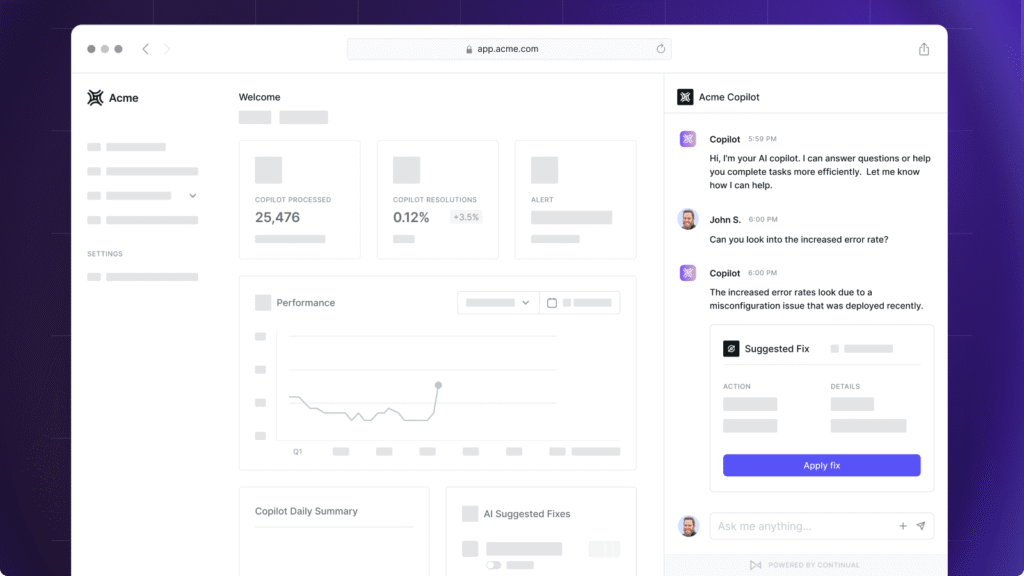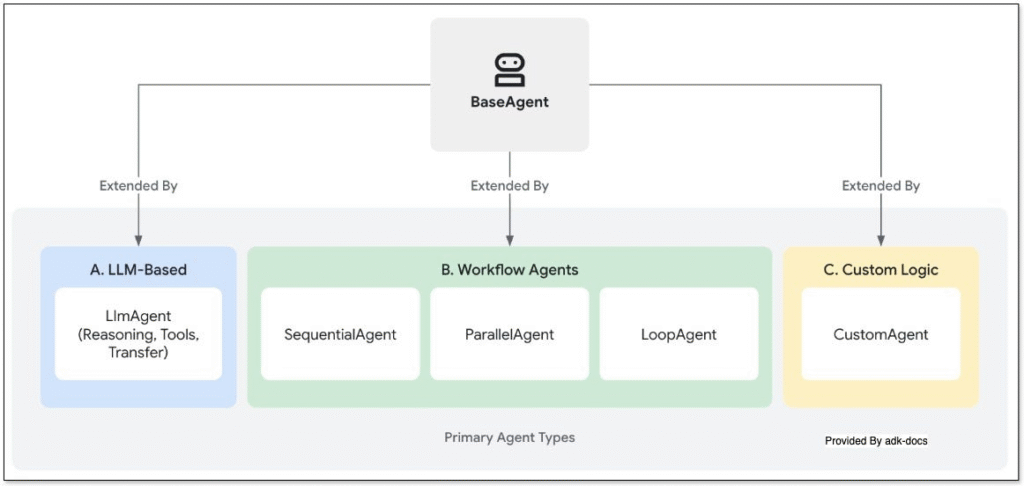Table of Contents
- What it actually is
- Key capabilities
- How it compares
- Who should actually use this
- Real limitations and drawbacks
- Pricing and access
- FAQ
Introduction
Google dominates online search by offering instant answers and authoritative speed. Yet Genspark AI, launched in 2023, is rewriting what users expect from search and research tools. Multi-agent architecture, real-time synthesis, and seamless workflow automation are now on the table. Funding reports in late 2025 show Genspark’s valuation nearing $1 billion, with $160 million raised since launch and a rapidly expanding user base.
Recent reviews suggest Sparkpages and an embedded AI copilot have started to make conventional web searches feel slow and fragmented. Instead of sifting through a dozen blue links, users get structured answers, citations, and actionable next steps on a single page.
This article breaks down Genspark's architecture, business model, market performance, real-world strengths, and where the platform still stumbles.
Quick Answer / Featured Snippet
Genspark AI is a browser-based agent platform launched in 2023 by former Baidu executives Eric Jing and Kay Zhu. It coordinates nine large language models and over 80 domain-specific AI agents to create "Sparkpages," which combine citations, charts, and workflow automation. Its freemium business model offers a free tier and Pro plans up to $249.99/month. Benchmark testing confirms strengths in deep research and automation, but highlights weaknesses in legacy search and real-time data handling.
What it actually is
Genspark AI positions itself as more than a search engine. The platform's foundation uses multiple large language models, fine-tuned for distinct jobs. Each user query is broken down by a "super agent," then solved in parallel by individual agents specialized for search, summarization, verification, and formatting. External APIs and over 80 plug-in tools fill in domain gaps for spreadsheets, document creation, or third-party integrations.
Rather than presenting standard search links, Genspark builds a Sparkpage. This is a structured report with citations, visuals, deep dives, and a copilot window for instant follow-ups. Analysts use Sparkpages to synthesize reports, marketers build content campaigns, and teams automate slide creation without coding. The approach differs fundamentally from how AI is transforming traditional job workflows, where automation enhances rather than replaces human work.

Genspark AI main interface showing labeled Sparkpage features
Key capabilities
Agent coordination is Genspark's technical foundation. Fact-checking, deep research, cross-source comparison, and immediate output generation are native to the workflow. The platform's agents pull data, generate multi-model responses, and automate next steps. For example, when tasked with a market analysis, Genspark produces a cited report, ready-to-edit slide deck, and a budget spreadsheet from a single prompt.
Live testing has documented three main strengths. First, Sparkpages merge multiple sources, charts, and next-step actions in one place. Second, the copilot stays context-aware and can execute follow-up queries without losing the thread. Third, automated integrations with Notion, Google Calendar, Sheets, and Gmail permit hands-off research, communication, and reporting.
However, the system shows limitations when handling highly technical or niche queries. The copilot can lose context during extended research sessions, requiring users to rephrase questions or restart workflows. These friction points become more apparent as task complexity increases beyond standard research and document generation.

Workflow diagram of multi-agent orchestration in Genspark AI
How it compares
Three main competitors define the landscape.
| Product | Monthly Cost | Key Features | Best For | Major Drawbacks |
|---|---|---|---|---|
| Genspark AI | Free–$249.99 | Sparkpages, copilot, multi-agent, workflow automation | Deep research, auto docs, creative workflows | Weak real-time/local search, occasional interface bugs |
| Google Search | Free | Instant blue-links, news, snippets | Fast news, broad facts, local queries | No automated docs/sheets, fragmented deep search |
| Perplexity AI | Free–$20 | Context-based chat, citations, source-first answers | Verified facts, explainers, researchers | Weak workflow, limited visuals |
| ChatGPT Plus | $20 | Conversational, code, brainstorm, creation | Coding, brainstorming, editorial | Truthfulness, citation gaps, search integration |
Comparison tables from recent reviews show Genspark's advantage in automating research and workflow tasks. Google still leads in speed and reliability for breaking news and local topics, while Perplexity excels in answer quality for fact-driven queries. ChatGPT remains the top pick for creative brainstorming and coding flows.
Reports from February 2025 indicate Genspark attracts over 2 million monthly users, up from 1 million in November 2024. In contrast, Google Search and ChatGPT each serve hundreds of millions worldwide. For workflow automation and integrated research, Genspark is gaining market share among analysts, content teams, and marketing agencies—though from a substantially smaller base.
Who should actually use this
Genspark's architecture fits power users who combine research, content creation, and workflow automation. Market analysts, educators, digital marketers, and creative teams can see time savings, especially when projects need cited reports, slides, and spreadsheets in one workflow.
If speed, breaking news, or local recommendations are a daily need, Google Search is the more reliable choice. ChatGPT still wins for code, editorial drafting, and brainstorming, while Perplexity is best when verified sources are a must. Teams already invested in Google Workspace or Microsoft 365 may find the switching cost outweighs Genspark's workflow benefits, particularly given integration limitations with enterprise tools.
Real limitations and drawbacks
The most frequent complaints about Genspark come from professional reviewers and everyday users alike. Copilot interactions sometimes lose subtle context, requiring re-prompts for accuracy, especially with highly specialized or niche topics. The Sparkpage UI occasionally delivers repetitive phrasing and can be slow to load when generating large, multi-source reports.
Real-time search remains behind Google and Perplexity, especially for news, local queries, and product shopping. According to analysis from KR-Asia, Genspark's monthly visits dropped from 8.88 million in April 2025 to 7.69 million in June 2025, suggesting user retention challenges after initial adoption. Data fabrication persists for vague prompts, though improvements in citation verification mitigate most risks.
Recent feedback also mentions the platform's learning curve, particularly when integrating agents for custom workflows. Privacy is solid for most teams, but audit logs and export support in free tiers often lag behind competitors. Advanced users seeking prompt engineering or fine-tuned model behaviors have found more flexibility elsewhere, particularly in ChatGPT's custom GPTs or Claude's Projects feature.
Pricing and access
Genspark operates a clear freemium model. The free tier includes daily credits (typically up to 200), limited document and media storage, and access to standard agents. Upgrading to Plus at $24.99/month adds priority agents, increased credits, and better collaboration/storage. The Pro plan for businesses and agencies runs $249.99/month and unlocks advanced image/video creation tools, team seats, and API-level automation.
When compared to Perplexity and ChatGPT, Genspark's top tier is more costly but justifies the price for heavy users needing no-code workflow integration, large batch outputs, and advanced visual tools. Recent pricing reviews suggest SMBs benefit most, while light researchers are fine with the free plan. However, credit consumption rates remain unclear—the free tier's 200 daily credits translate to roughly 3-5 Sparkpage generations depending on complexity, but the platform provides no upfront estimates before starting tasks.

Genspark AI pricing page showing Free, Plus, Pro tiers
Conclusion
Genspark AI represents a major shift in how intelligent agents handle online research and automation. The integrated Sparkpage system, agent-driven workflows, and instant copilot access set new standards for no-code productivity. For analysts, marketers, and creative teams, Genspark can replace several old-school tools with unified, actionable outputs.
However, certain drawbacks remain. Google's instant coverage of breaking news and local information is still unrivaled, while Genspark faces UI and context-awareness challenges during complex tasks. Pricing at the top end may exclude casual users, and business features like audit logs require more polish. The decline in monthly visits from April to June 2025 suggests the platform must improve user retention beyond initial curiosity-driven adoption.
Genspark's multi-agent architecture signals the direction modern search and workflow tools are heading. Real market data confirms rapid funding momentum with a $530 million valuation. As generative AI platforms mature, Genspark is well-positioned to define how future teams organize, search, and automate. The question now is whether the company can address user experience gaps and retention challenges before larger competitors match its multi-agent approach.
FAQ
Q: How much does Genspark AI cost?
A: Genspark offers a free tier with capped daily credits (200). Plus is $24.99 per month while Pro is $249.99 per month, both adding features and team access.
Q: Is Genspark AI better than Google for research?
A: For workflow automation and deep research, Genspark excels. For instant facts, news, and location, Google remains faster and more reliable.
Q: Can Genspark AI generate images, slides, or documents?
A: Yes, Genspark supports AI-powered image creation, pitch decks, spreadsheets, and document exports using agent collaboration. Paid plans unlock more features.
Q: What are Genspark AI's biggest limitations?
A: Real-time search speed, interface polish, and occasional context errors are the top concerns from users and reviewers now. Monthly visit data shows retention challenges.
Q: Who founded Genspark AI?
A: The company was founded in 2023 by former Baidu executives Eric Jing and Kay Zhu, with rapid funding and growth in 2024–2025.
Sources
- Genspark Company Profile - Tracxn - Funding rounds ($160M total), valuation data, founder information
- Genspark Investors and Funding - Genspark.ai - Seed round details, investor breakdown, initial $260M valuation
- Genspark Revenue and Valuation - Sacra - Series A details, $530M valuation, mixture-of-agents architecture explanation
- Genspark Super Agent Overview - Medium - Founder backgrounds, 2M user milestone, technical capabilities
- Genspark $100M Series A - SiliconANGLE - February 2025 funding round, Deep Research feature details, competitive landscape
- Genspark Series A Funding - The Age of Robotics - User growth from 1M to 2M monthly actives, competitive positioning
- Chinese AI Agents Market Analysis - KR-Asia - Monthly visit trends (8.88M to 7.69M), user retention challenges, revenue milestones
- Genspark Funding Report - Yahoo Finance - Series A investor details, competitive feature comparison with OpenAI and Perplexity